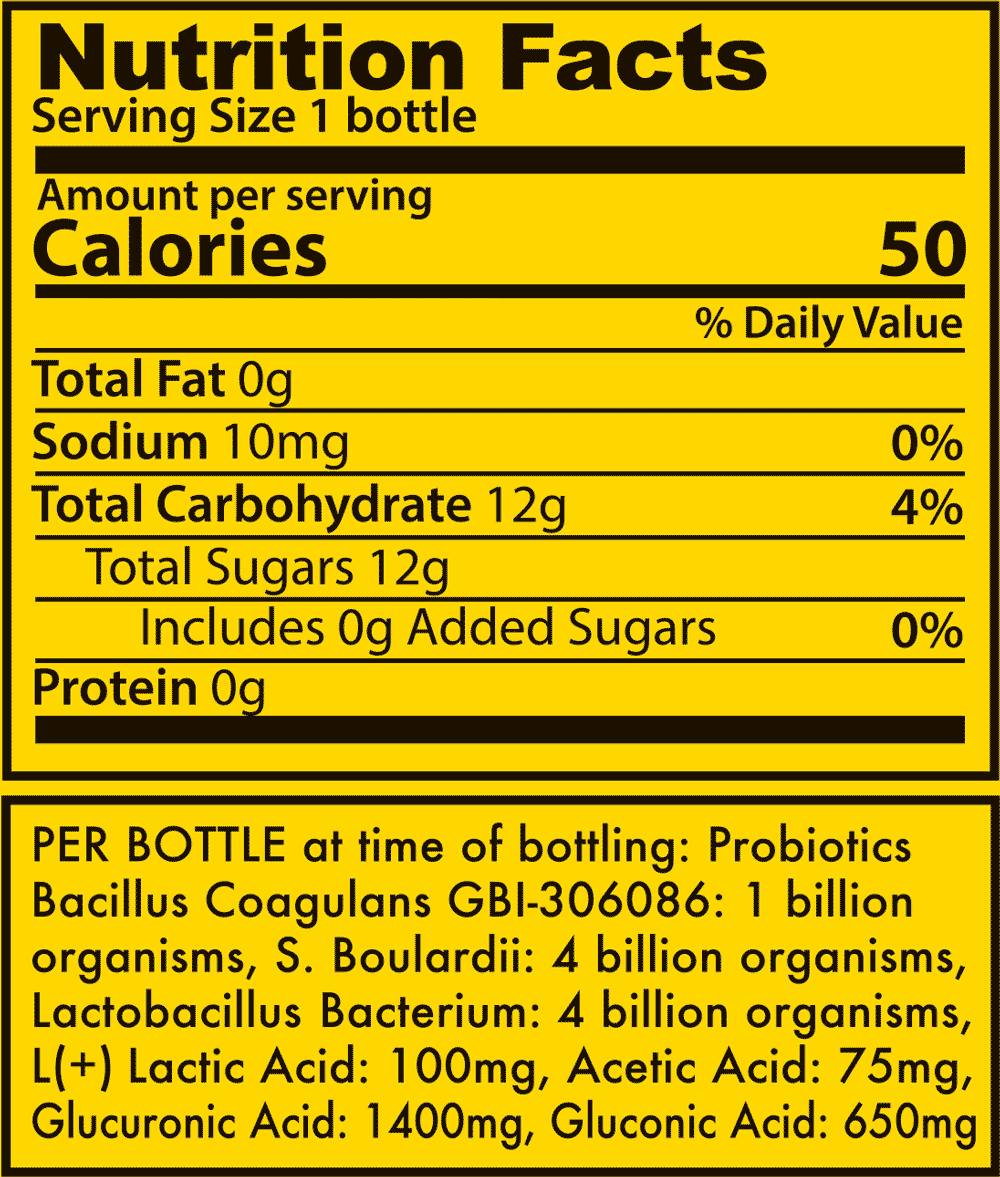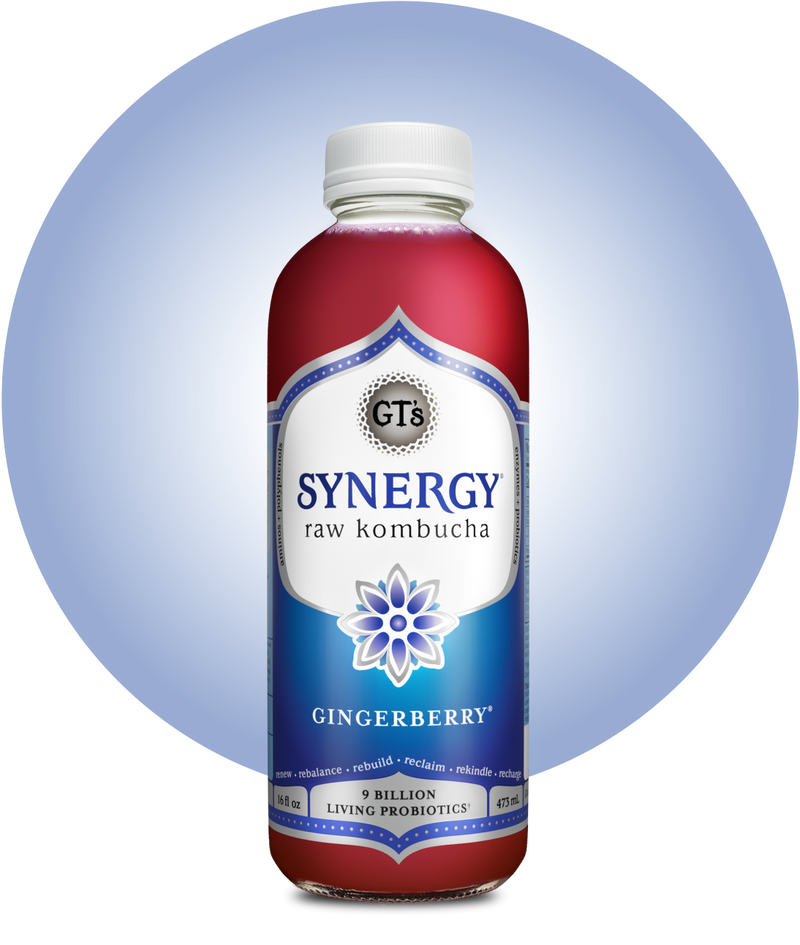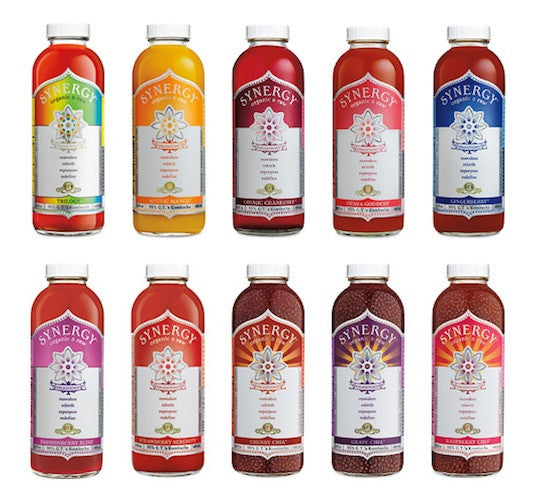


Kombucha can’t be made without some form of sugar for the yeast and bacteria to feed on during fermentation. Some producers, especially those that list specific strains on the labels, may add probiotics after pasteurization, Curtin says. Pasteurization, however, destroys the live probiotics.

“However, we don’t know how long it had been since the products were bottled.” He suggests drinking kombucha shortly after purchase and keeping it refrigerated to maximize probiotic shelf life.Īnother thing to note is that while authentic kombucha is raw and not pasteurized, some brands do pasteurize to ensure that there is little risk for harmful bacterial growth and/or to extend shelf life. “We found that the probiotic counts were all lower than those reported on the bottle,” he says. But bacteria die over time, so you don’t know what you’ll be getting by the time you drink it.Ĭurtin’s lab recently measured how many live bacteria there were in different store-bought kombuchas. The CFU is usually what the count is at the time of bottling. If the bacteria are to be helpful, they have to be alive. It may look impressive to see 1 billion or more CFUs on a bottle, but there’s no standard testing to verify how many probiotics make it into the brew-and it’s not always clear how many CFUs you’d need for any potential benefits. Probiotics are measured in CFU, or colony forming units, which are the number of viable cells a product contains.

Several kombucha brands list the amount of probiotics, and sometimes even the type of bacteria, on the label. Some of the commercial kombuchas are made with strains that have shown some benefit in studies, but those studies weren’t done with kombucha as the delivery method, Curtin says. “While specific strains of probiotics have been shown to help very specific health-related conditions such as irritable bowel syndrome or traveler’s diarrhea, it’s not clear what benefits you would achieve from kombuchas, given the variability in how they are formulated and the limited research,” Keating says. Probiotics are thought to play a role in digestive health and immunity, but more research is needed. The benefits of probiotics might not be as clear or as vast as some of the claims suggest, however. “There’s general agreement that people should be eating more fermented foods because probiotics may help maintain the body’s microbiome, the collection of healthy bacteria that lives in our bodies and are important to health,” says Amy Keating, RD, a Consumer Reports nutritionist. Like other fermented foods-such as yogurt, kefir, and kimchi-kombucha contains these good bacteria. Without knowing what it is, seeing one in a batch of fermenting “booch” might be enough to deter you from drinking it, but it’s essential for the drink to have health benefits.īoosting probiotic intake is why many people drink kombucha, and these compounds are often credited for the drink’s purported benefits. The end result: a mildly vinegary, slightly sweet, bubbly beverage.Īccording to the trade group Kombucha Brewers International, kombucha is also sometimes referred to as “mushroom tea” because of how the SCOBY floats around in the brew, looking like a mushroom cap. The SCOBY (usually obtained from the previous batch of brew) is then added, along with some of the liquid from another batch, and it’s left to ferment for one to three weeks before being bottled and refrigerated. “The first step to make kombucha is to steep the tea in boiled water, then add sugar or juice so there is something for the microbes to ferment,” says Chris Curtin, PhD, an associate professor of fermentation microbiology at Oregon State University. The process of making it is similar in a way to sourdough bread-you can even use a SCOBY to make sourdough starter. Kombucha is a fermented tea drink, usually made from black or green tea, sugar, and/or fruit juice, and a combination of live cultures called a SCOBY (symbiotic culture of bacteria and yeast).


 0 kommentar(er)
0 kommentar(er)
